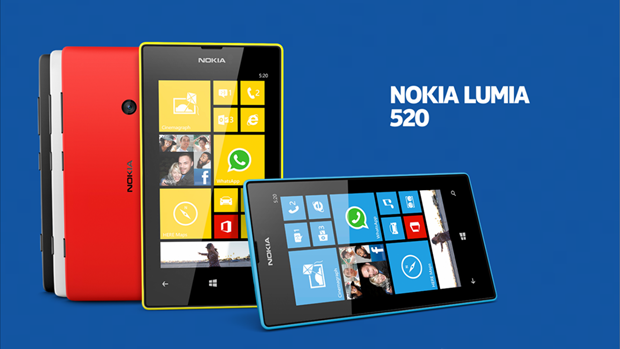Our Windows Phone of 2013: The Nokia Lumia 520
2 min. read
Published on
Read our disclosure page to find out how can you help MSPoweruser sustain the editorial team Read more
There is little doubt that, given the choice, we would chose a Nokia Lumia 1520 over a Nokia Lumia 520, but there is also little doubt that the smartphone has single-handedly saved Windows Phone in 2013, accounting for close to 40% of the estimated 30 million Windows Phones sold in in 2013. In other words, without the hit handset, less than 20 million handsets or 5 million a quarter would have been sold, little better than 2012.
On its release the handset was met with little excitement and a lot of scepticism, with much complaints about the lack of specs such as a front-facing camera and also poor quality screen. In fact the device did not even merit an official announcement at Mobile World Congress, simply hitting the market in various stores around the world.
The handset however quickly proved its mettle, not by making major headlines, but showing its impact on Nokia’s sales figures, boosting it from 5.4 million Lumias in Q1 to 7.4 million in Q2, and the company has not looked back since.
If we believe AdDuplex data, if Windows Phone makes 10 million sales in Q4, it will not be due to amazing new devices like the Nokia Lumia 1520, but due the humble Nokia Lumia 520.
Nokia’s improving sales figures has won the company new respect, which has the direct knock-on effect of increasing developer support and improving sales, resulting in the virtuous cycle the OS always needed. Combining the simplicity of Windows Phone with the feature-phone level price of the handset has opened up new markets for the OS for the unconverted first time smartphone buyers, and has acted as a great bulwark against Android domination.
The handset’s successor, the Nokia Lumia 525, addresses the biggest issue with the 520, the 512 MB RAM, which fractured the Windows Phone market and forced developers to develop for the lowest common denominator. It also seems set to hit even lower price points, and with the next version of Windows Phone looking to remove the capacitive front buttons, which should have a further impact on construction costs, we can expect ever cheaper Windows Phones to form the foundation of the growing ecosystem.
We therefore crown the Nokia Lumia 520 as the Windows Phone of 2013 – long may its successors rule.









User forum
0 messages